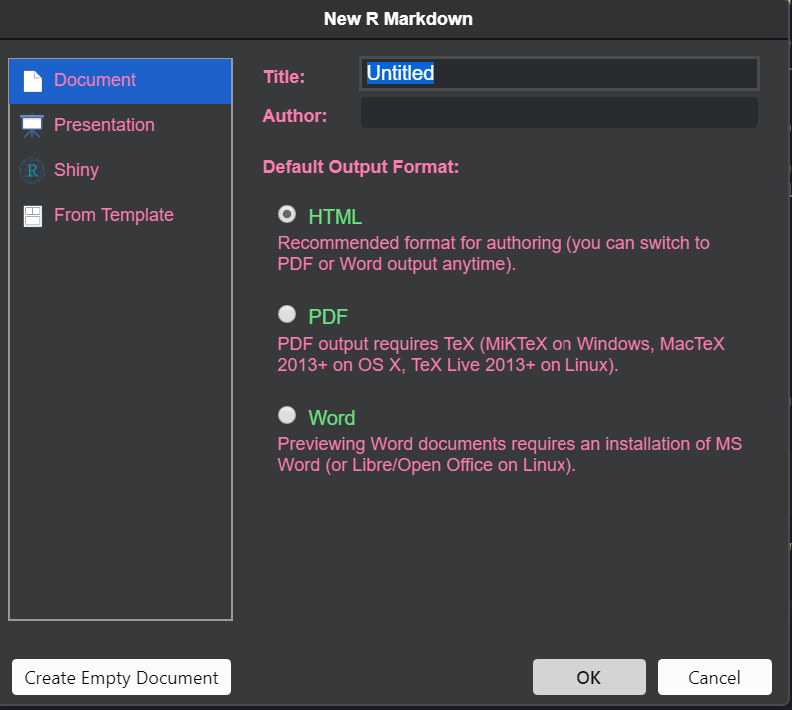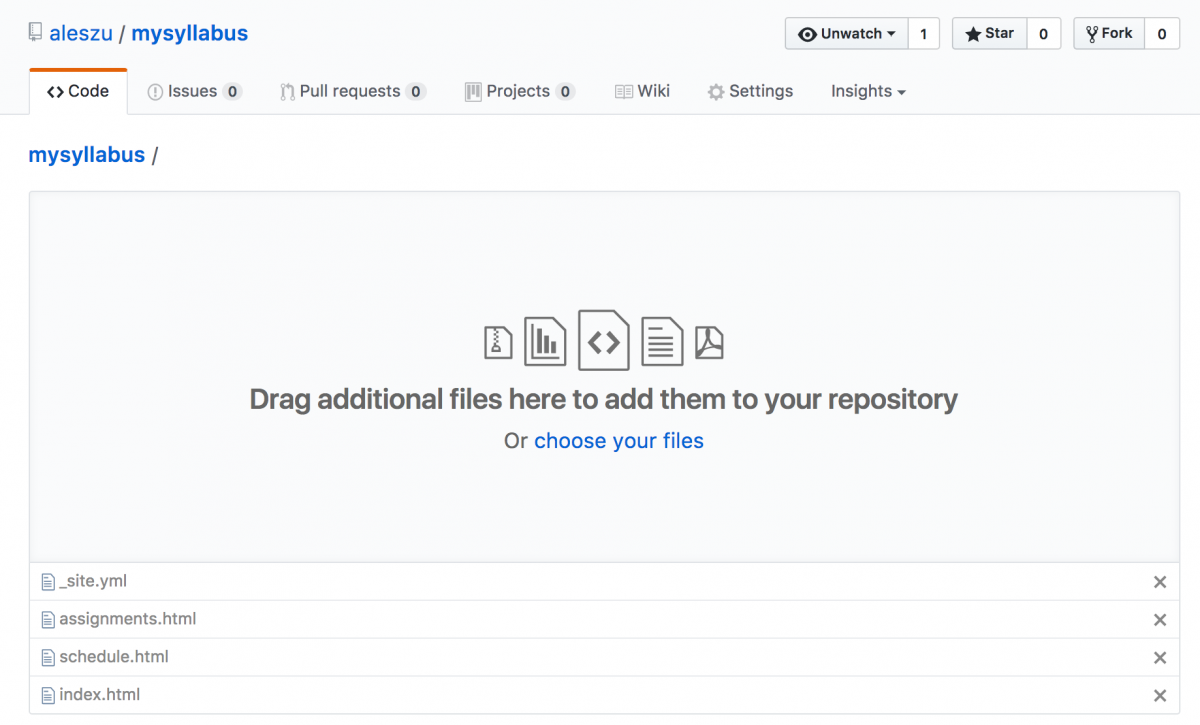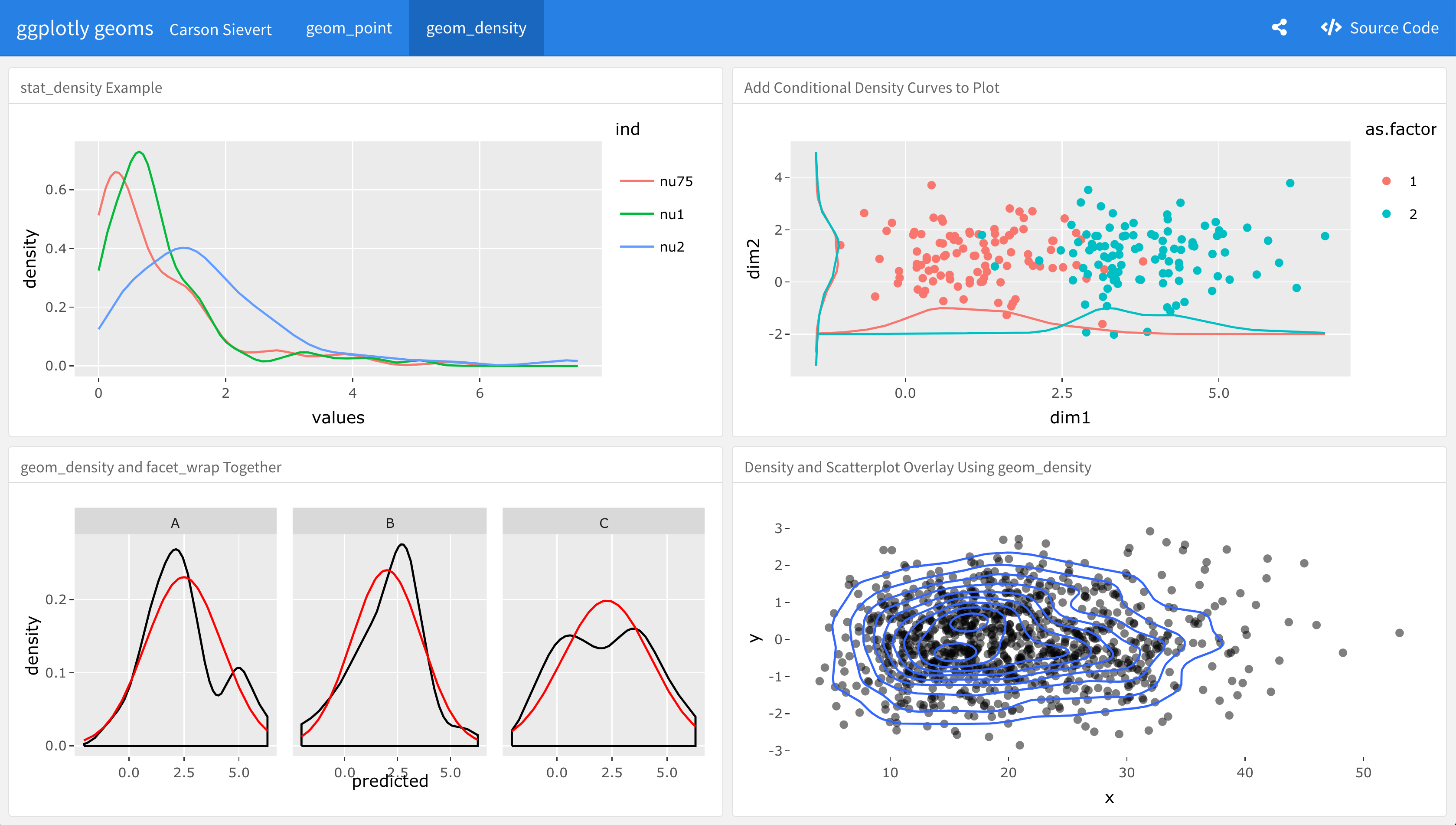

- #Rmarkdown website examples full
- #Rmarkdown website examples code
Make sure this is at the beginning of your document. You can find an example of a minimal R Markdown website configured for publishing to GitHub Pages here. title: 'Sample Document' output: htmldocument: toc: true theme: united. If you work in this configuration you should change your output directory to “docs” within _site.yml.

Note that when deploying to GitHub Pages using this configuration your source code, data, and everything else in your repository is all publicly available alongside your generated website content.Īlternatively, you can configure GitHub Pages to publish from a /docs subdirectory of your repository.
#Rmarkdown website examples code
This keeps all of your output side-by-side with your source code in the root of your website (rather than writing it to the _site directory). nojekyll to your site source code directory (this tells GitHub Pages to not process your site with the Jekyll engine).Ĭhange your output directory to “.” within _site.yml. R Markdown websites are can be hosted using GitHub Pages with two additions to the standard site configuration:Īdd a file named.
#Rmarkdown website examples full
When referring to an icon you should use it’s full name including the icon set prefix (e.g. “fa-github”, “ion-social-twitter”, “glyphicon-time”, etc.).

Icons from three different icon sets are available.
You can use icons on the navigation bar. You can include both internal and external links on the navigation bar. You can include menus on the navigation bar, and those menus can have separators ( text: "-") and internal headings ( text without a corresponding href). You can align navigational items either to the left or to the right. You can use the type field to choose between the “default” and “inverse” navigation bar style (each theme includes distinct colors for “default” and “inverse” navigation bars). This example demonstrates a number of capabilities of navigation bars: For more help getting started in R Markdown, please see the R Markdown website or use the “Get Started” links at the top of this page.Name: "my-website" navbar: title: "My Website" type: inverse left: - text: "Home" icon: fa-home href: index.html - text: "About" icon: fa-info href: about.html - text: "More" icon: fa-gear menu: - text: "Heading 1" - text: "Page A" href: page_a.html - text: "Page B" href: page_b.html - text: "-" - text: "Heading 2" - text: "Page C" href: page_c.html - text: "Page D" href: page_d.html right: - icon: fa-question fa-lg href: You can also click “Knit to HTML” again to render the full document with all code chunks. Running each code chunk interactively by clicking the icon within RStudio. Writing prose with Markdown formatting, and. Adding code chunks (keyboard shortcut: Ctrl + Alt + I OS X: Cmd + Option + I),. You can also delete all the text below the YAML frontmatter and fill in your own. Use the “Knit” button in the RStudio IDE to render the file and preview the output with a single click or use the keyboard shortcut Cmd/Ctrl + Shift + K. Rmd file, you should see some boilerplate text that includes code chunks. It is also a great place to get help, once you have created a reproducible example that illustrates your problem. Stack Overflow is a great source of answers to common rmarkdown questions. Select a default output format- HTML is the recommended format for authoring, and you can switch the output format anytime ( required), The RStudio community is a friendly place to ask any questions about rmarkdown and the R Markdown family of packages.  Provide an author name ( optional but recommended),. Provide a document title ( optional but recommended), This article describes the basics of creating websites with R Markdown and provides some examples which you can use as a starting point for your own. The easiest way to make a new R Markdown document is from within RStudio.
Provide an author name ( optional but recommended),. Provide a document title ( optional but recommended), This article describes the basics of creating websites with R Markdown and provides some examples which you can use as a starting point for your own. The easiest way to make a new R Markdown document is from within RStudio.








 0 kommentar(er)
0 kommentar(er)
